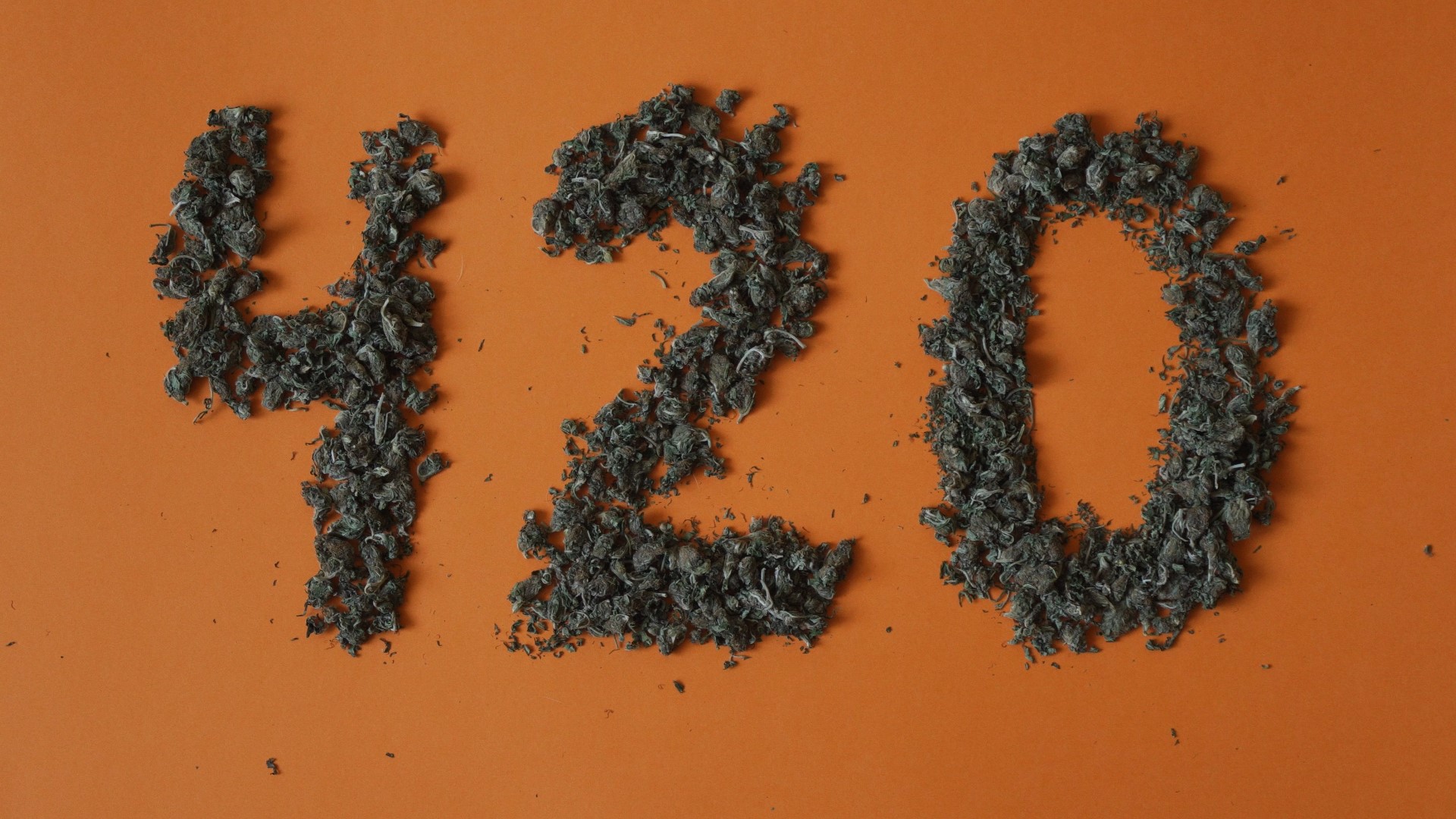It’s April 20th, an unofficial holiday in cannabis culture. The day is often just called “4/20” in reference to the number 420’s significance as a marijuana codeword.
There are many theories as to how that number became associated with pot. Among the most common are rumors that the number is Los Angeles police code for “marijuana-smoking in progress” or California legal code for marijuana-related offenses.
THE QUESTION
Did 420’s link to marijuana begin with police or legal code?
THE SOURCES
- Stanford University list of common radio codes for California law enforcement
- Los Angeles Sheriff’s Department
- California penal code
- Oxford English Dictionary
- 1922, a Canadian cannabis retailer
- 420 Waldos, a website run by the group credited for 420’s origins
THE ANSWER
No, 420’s link to marijuana did not begin with police or legal code.
WHAT WE FOUND
There is no evidence that 420’s association with cannabis originated from a police radio code or legal code. The most widely accepted theory, with the most supporting evidence, is that the number was first used as a code for marijuana by a small group of California high schoolers in the early 1970s.
A 2003 High Times article says both the Los Angeles police code and California legal code theories are myths.
While radio codes may be unique from department to department, most police radio codes begin with the number 10. You can see that in this Stanford University list of common radio codes for law enforcement in California and in the radio code for the Los Angeles Sheriff’s Department. This is where “10-4” as slang for “acknowledged” comes from.
Marijuana-related codes are usually five digits and begin with “113,” according to the Stanford University list. The Los Angeles Sheriff’s Department does not use 420 in its codes and doesn’t have a marijuana-specific code.
You also won’t find a connection between 420 and marijuana in California’s penal code. PEN § 420 is about unlawfully obstructing someone from entering public property. A marijuana violation — before and after the state legalized its recreational use — is section 11357 in California’s health and safety code.
Other popular theories named by the High Times are similarly just myths. The number doesn’t come from the quantity of active chemicals in marijuana; a textbook titled Cannabinoids and Neuropsychiatric Disorders says there are 550 chemical compounds in the plant, while the Drug Enforcement Administration says there are 480.
It’s not Bob Marley’s birthday, either. That’s Feb. 6, according to the Bob Marley Museum.
The most widely accepted and best-documented theory for 420’s origins date back to the regular meeting time for a group of California high schoolers in the 1970s who called themselves the “Waldos.”
According to the Oxford English Dictionary and a Canadian cannabis retailer called 1922, the Waldos first began using the number 420 in 1971 while living in San Rafael, California. That year, the Waldos would regularly meet up at 4:20 p.m. to smoke pot and search for an abandoned crop of cannabis plants marked on a treasure map. The Waldos chose the time because they were high school athletes and their practices would typically end by 4:20.
The Waldos eventually turned their meeting time into their code for marijuana. From there, social connections with members of the band The Grateful Dead, who also lived in San Rafael, slowly spread 420 to the band’s fanbase. The High Times first published a The Grateful Dead concert poster with 420 on it in 1991, and the number’s popularity continued to grow from there.
The Oxford English Dictionary confirmed the Waldos were using 420 as a code for weed as early as 1974 after the dictionary’s researchers looked through the group’s evidence, which is also posted on the 420 Waldos website that stakes the group’s claim as originators of 420. The group has held onto letters and a yearbook in which they refer to marijuana as 420.
“So while the OED will probably never be able to confirm 1971 as the year the Waldos coined 420 orally, the group’s thorough recordkeeping has still allowed us to conclude that the first printed use of the term as a code word for marijuana did in fact take place in June of 1974,” the Oxford English Dictionary said.

